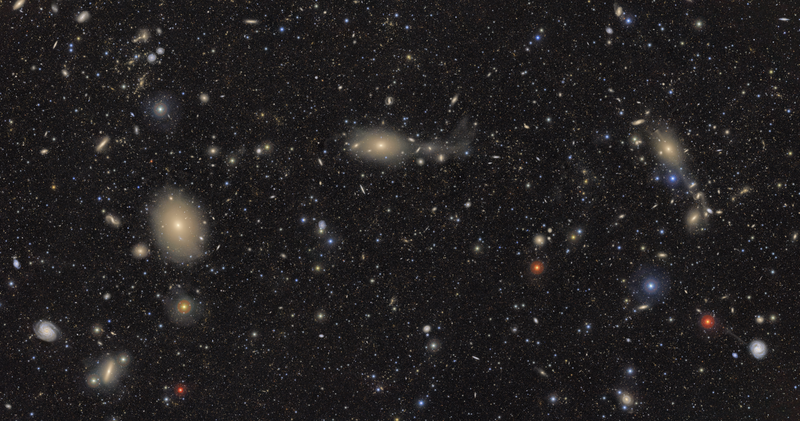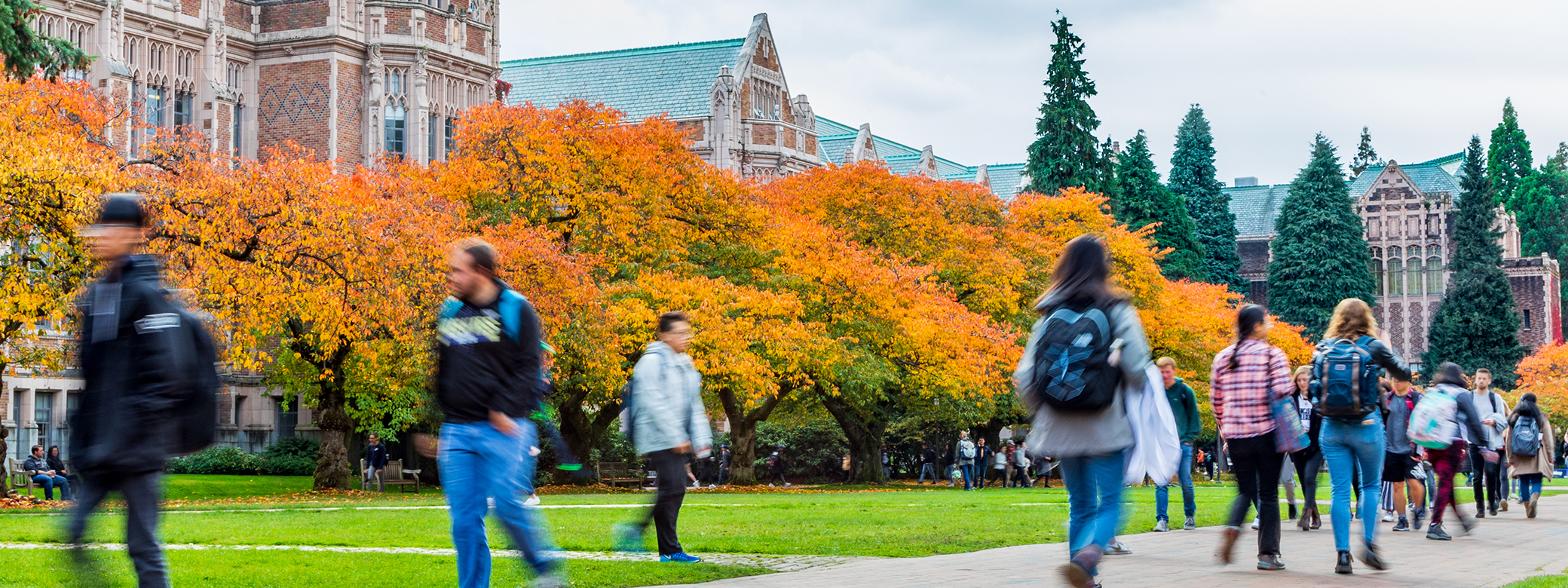-
Meet the artist, promoter and producer who shaped Seattle's cultural landscape: Terry Morgan
From promoting punk bands to designing light festivals, Terry Morgan has shaped Seattle’s cultural landscape for over 50 years. As an African American studies major at the UW, Morgan, ’76, studied widely outside his major, learning video art from art faculty Bill Ritchie and electronic music from Glenn White.
06/25/2025 | UW Magazine -
Thinking outside the bot
MFA alum Brian Christian explores the tricky dynamics between human behavior and artificial intelligence. After moving to Seattle—drawn by both it’s tech and literary scenes—he decided to pursue a master’s in creative writing at the UW. He studied creative nonfiction and poetry but did not lose touch with his affinity for computer science.
06/25/2025 | UW Magazine -
UW event unveils new wonders of the night sky
Astronomers and skywatchers alike gathered Monday at the UW to see the first colorful images from the worlds largest digital camera, discoveries that are expected to revolutionize the field of astronomy. The UW's eljko Ivezi and Mario Juri, both professors of astronomy, and Sam Charney, a student at the UW, are quoted.06/24/2025 | The Seattle Times -
Analysis: Is AI a con? A new book punctures the hype and proposes some ways to resist
"Is AI going to take over the world? Have scientists created an artificial lifeform that can think on its own? Is it going to replace all our jobs, even creative ones, like doctors, teachers and care workers? Are we about to enter an age where computers are better than humans at everything?" writes Luke Munn research fellow at the University of Queensland. Emily M. Bender, professor of linguistics at the UW, is quoted.06/24/2025 | The Conversation -

UW helps bring the cosmos into focus as the Vera C. Rubin Observatory unveils a new glimpse into the solar system
A new era of astronomy and astrophysics began Monday when the first images captured by the NSFDOE Vera C. Rubin Observatory were released, demonstrating the extraordinary capabilities of the new telescope and the worlds largest digital camera.06/23/2025 | UW News -
Vera Rubin telescope quickly found 1,200 new asteroids
The Vera C. Rubin Observatory is expected to find millions of unknown objects in our solar system, and perhaps even a mysterious Planet Nine. Mario Juri, professor of astronomy at the UW, is quoted.06/23/2025 | The New York Times -
Rubin Observatory makes its debut and registers first discoveries
After more than 20 years of planning and construction, astronomers celebrated the release of the first images from the Vera C. Rubin Observatory today and also registered hundreds of the first discoveries from the worlds newest eye on the sky. Mario Juri, professor of astronomy at the UW, is quoted.06/23/2025 | GeekWire -
Mount Rainiers glaciers are melting whats at stake?
Once an eight-mile network of caves with an entrance in the lower part of Paradise Glacier, the Paradise ice caves were the most-visited tourist spot for decades before glacial melting caused large chunks of ice to begin to fall from the ceiling, endangering visitors and pushing officials to close access. Now, the caves are gone. Janneke Hille Ris Lambers, affiliate professor of biology at the UW, is quoted.06/23/2025 | Tacoma News Tribune -
UW astronomers help power up telescope featuring worlds largest digital camera to map the night sky
Perched high on a ridge in the South American Andes, a new observatory aims to revolutionize our understanding of the cosmos and unravel some of the mysteries it holds. Featuring the worlds largest digital camera, the Vera C. Rubin Observatory will spend the next 10 years constantly surveying and recording time-lapse movies of the stars, galaxies, asteroids and other objects moving across the southern hemisphere. Mario Juri, professor of astronomy at the UW, is interviewed.06/23/2025 | Oregon Public Broadcasting -
The man who invented the modern zoo tested out his ideas on people first
Carl Hagenbeck believed that animals should be housed in habitats that mimicked their natural environment. Earlier, hed followed the same guiding philosophy when exhibiting Indigenous people in human zoos. Karen S. Emmerman, affiliate instructor of philosophy at the UW, is quoted.06/20/2025 | Smithsonian Magazine
